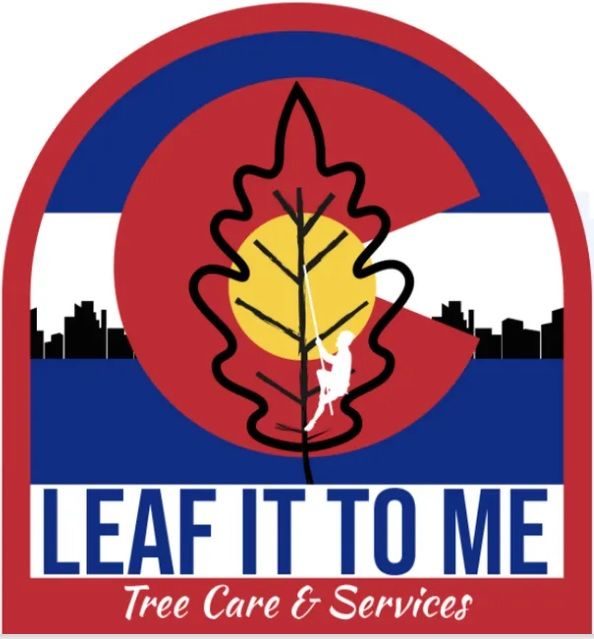Why Your Cottonwood Might Be a Liability This Summer
Large Tree Risk Assessment for Lakewood, Arvada, Littleton, and Surrounding Colorado Communities
Cottonwoods are iconic in Colorado neighborhoods—towering giants that provide shade, charm, and a sense of history. But if you live in areas like Lakewood, Arvada, Wheat Ridge, or Littleton, you’ve probably noticed these massive trees are showing their age.
And that’s where the risk comes in.
At Leaf It To Me Tree Care, we’ve seen firsthand how aging cottonwoods become hazards to homes, power lines, vehicles, and even people—especially during summer monsoon storms or dry, brittle heatwaves. If you’ve got one on your property, it’s time to take a closer look.
Why Cottonwoods Become Dangerous
Cottonwoods (especially Plains Cottonwoods) were commonly planted across the Front Range in the ’60s and ’70s. These trees grow fast and big—but they weren’t meant to last forever. Most have a lifespan of 50–70 years, and many are now past their prime.
Common Risk Factors:
- Hollow trunks and hidden decay
- Large, dead limbs prone to sudden drop
- Massive root systems that can buckle sidewalks and driveways
- Top-heavy crowns that catch wind and split easily
- Weak wood structure, especially after drought stress
If you live in Thornton, Centennial, or Golden, and you’ve got a cottonwood close to a home or structure, it’s worth getting it inspected—before summer storms do it for you.
Colorado Storms + Cottonwoods = Costly Damage
Summer storms along the Front Range aren’t just windy—they can come with lightning, microbursts, and flash flooding. That’s a dangerous mix for a 60-foot cottonwood with structural weaknesses.
We regularly respond to emergency removals in Wheat Ridge, Lakewood, and Arvada after big storms take down these giants. And often, the signs of failure were there—we just didn’t get the call in time.
What a Tree Risk Assessment Includes
Our Arborist can provide a hazardous tree assessment, which includes:
- Checking for structural cracks and cavities
- Testing for root stability
- Evaluating limb strength and decay
- Looking at proximity to homes, fences, garages, and wires
- Recommending pruning, cabling, or full removal if necessary
We’ll walk you through your options and help you make a decision that balances safety, cost, and long-term property value.
Not Sure If It’s Time? Here’s a Quick Self-Check:
If your cottonwood is:
- Dropping limbs without wind
- Leaning or uprooting on one side
- Has visible cracks or bark splitting
- Shows signs of mushrooms or rot at the base
- 👉 It’s time to get it looked at.
Areas We Serve
We proudly offer cottonwood risk assessments and removals in:
- Lakewood
- Arvada
- Littleton
- Wheat Ridge
- Thornton
- Centennial
- Golden
- Englewood
- And surrounding metro suburbs
🌳 Don’t Wait Until It Falls—Schedule an Inspection Today
Cottonwoods are part of Colorado’s landscape—but they don’t always age gracefully. If you’ve got concerns, let’s take a look before summer storms roll in.

